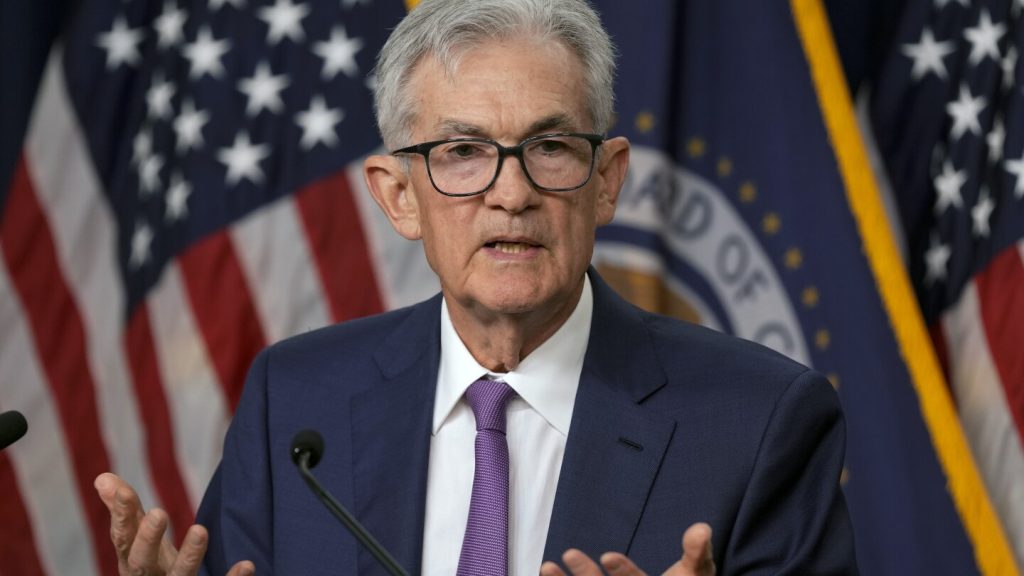The Federal Reserve officials are gearing up for their meeting this week, where they will analyze the latest snapshot of U.S. inflation. The release of this data just before the meeting may influence the Fed’s decision on interest rate cuts. Inflation had spiked in the first quarter of the year, raising concerns about the Fed’s ability to reach its 2% target. However, consumer inflation started to slow down in April, indicating a positive trend. If the May inflation report also shows signs of improvement, the Fed may consider dropping a statement from its last meeting, signaling a potential rate cut in the near future.
Despite the possibility of a rate cut, most economists believe that any action is unlikely before September. Fed Chair Jerome Powell is expected to emphasize the need for continued low inflation readings before considering a rate reduction. The recent job gains and economic stability have led Wall Street traders to reduce their forecast for Fed rate cuts this year. The Fed is set to maintain its benchmark rate at 5.3%, the highest in 23 years, at its upcoming meeting. However, updated economic projections suggest one or two rate cuts by the end of the year, down from three forecasted in March.
The potential rate cut by the Fed could provide a boost to the economy, which has been struggling with high inflation for years. President Joe Biden’s re-election campaign is trying to address voter concerns about rising prices. While consumer inflation has eased since its peak in mid-2022, it still remains above the Fed’s target. Any decision by the Fed to cut rates will be influenced by the overall economic conditions, including job growth and consumer spending. Powell is likely to reiterate the Fed’s stance of waiting for further evidence of inflation reaching the 2% target before considering rate cuts.
There are tentative signs of economic weakness, with growth slowing in the first quarter and consumers cutting back on spending. The number of open jobs fell in April, indicating potential challenges in the job market. The recent decrease in home sales and slowing of spending on goods suggest that higher interest rates may be impacting the economy. Fed officials are debating the impact of high rates and whether additional rate hikes are necessary to control inflation. The Fed’s cautious approach to rate cuts is in contrast to some global central banks, such as the European Central Bank and the Bank of Canada, which recently reduced rates to address inflation concerns.
The Fed’s focus on inflation and economic growth will shape its decision on interest rate cuts in the coming months. Powell is expected to provide insights into the Fed’s strategy at the upcoming meeting, highlighting the need for sustained low inflation readings before considering rate adjustments. The Fed’s stance on rate cuts will impact various sectors of the economy, including consumer borrowing, mortgages, and business costs. As the Fed navigates the delicate balance between controlling inflation and supporting economic growth, its decisions will have far-reaching implications for the U.S. economy and the global financial markets.


